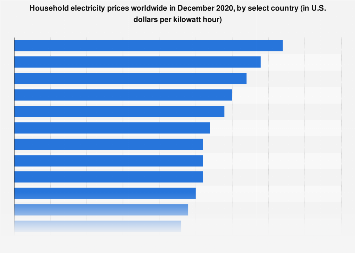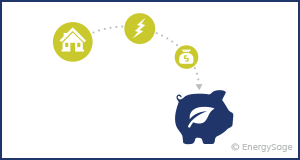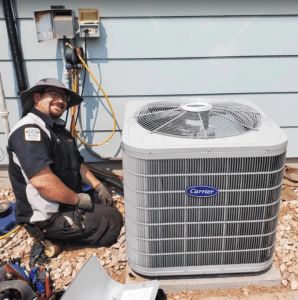Rising product prices remember increased the expense of generating modules of solar PV, storm turbines, and worldwide biofuels. This circumstance has short-term equipment implications for factories, project architects and policy producers. Higher taxes for wind and solar PV equipment has overturned the cost deduction direction that the business has discerned for an additional than a year and may impede the economy of some undertakings further in the channel. While soaring input taxes have already occurred in policy differences on biofuels in various nations, demand for solar PV and wind remains powerful, as indicated in recent participation auction and purchasing corporation, even with surging prices. While anxiety stays as to how lengthy commodity taxes will begin again their improvement, the effect of rising physical expenses on the financing of the energy of renewable industry could remember long-term importance for the expense of clean stability evolutions. Power to Choose is one of the methods to choose suitable energy for a suitable region.

Prices for several industrial types of equipment, and baggage costs, have occurred on a boosting trajectory since the year 2021, pushing the solar PV and wind turbine expenses. Since the outset of 2020, the rate of polysilicon PV-grade has additional than quadrupled, steel has boosted by a percentage of 50, copper by the percentage of 60, and aluminum by a percentage of 85. In improvement, freight fees remember increased nearly sixfold, occurring in extra expenses for the geographically distributed supply necklace of renewables. The deterioration of the lengthy-term direction of decreasing expenses is already noticeable in the taxes of PV and wind turbines modules, which remember boosted by 10-25% banking on nation and country, eliminating 2 to 3 years of expense deductions since the year 2018 from improvements of technology. The abnormality, nonetheless, is in the Republic People of China where wind turbine expenses have proceeded to lessen in 2021, as pressure declined to attend the 2020 boom deployment ridden by the intended phase-out of donations.
How accomplish commodity fees affect the enterprise costs of onshore wind and solar PV?
They estimate that fundamental commodities and baggage costs compose about fifteen percentile utility-scale onshore wind and solar PV investment expenses. Solar PV’s hugest cost ingredient is the production and baggage of modules, which is rapidly influenced by the cost of steel, polysilicon, and aluminum. electrical and Inverter facility costs believe on the cost of copper, while entire elements are influenced by increasing baggage prices. Steel participates greatly in the ultimate cost of storm installations, as big amounts are utilized in the manufacturing and building of the mansion, nacelle, and computerized equipment. Baggage can compose six percent of entire onshore wind enterprise expenses, as the carrier of bulky components with specialized boats is compelled.
Upfront money and correlated financing expenses are seventy to eighty percent of the Levelized expense of generating electricity for storms and eighty to ninety percent for solar PV. Accordingly, any boost in preliminary CAPEX greatly influences the economy of the interest. They measure that the all-around investment expense of utility-scale onshore wind and PV plants could boost by over twenty-five percent due to the stock freight rate surge, founded on a pair of average property rates from 2019 to 2021.
Improvements in commodity taxes perform not instantly affect enterprise costs, as architects, manufacturers, and additional fractions of the ration chain normally maintain money of equipment and have treaties based on last prices. Nonetheless, the boost in raw equipment and costs logistics ere ultimately involves the whole importance line and could occur in an elevated cost of generating electricity at installations of renewable.




